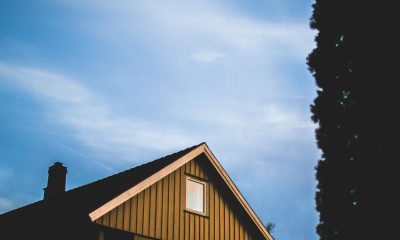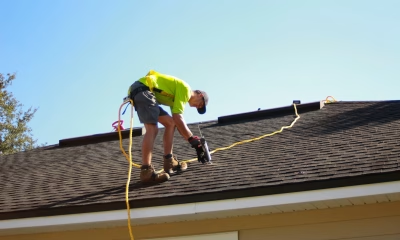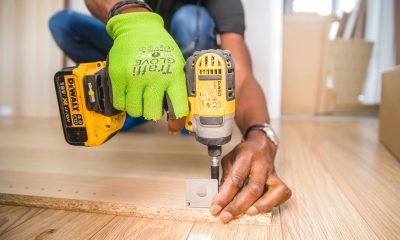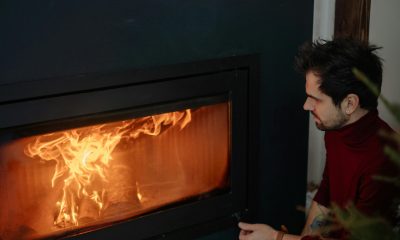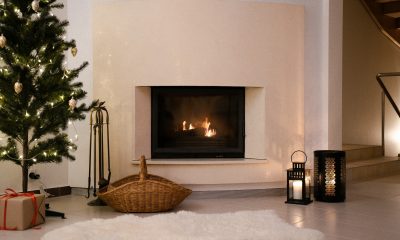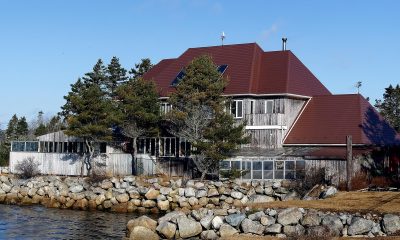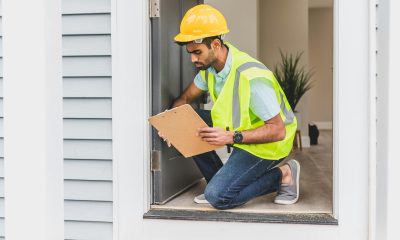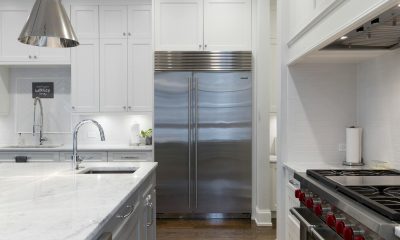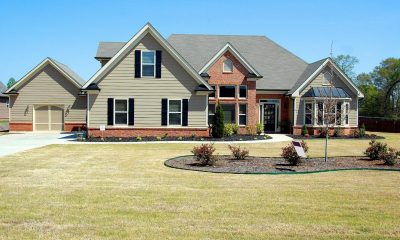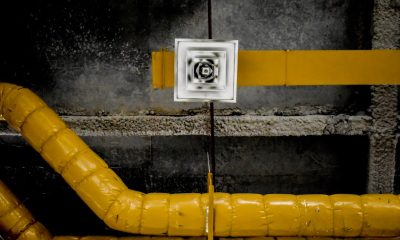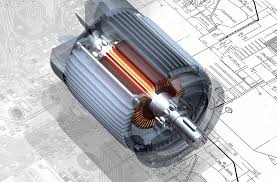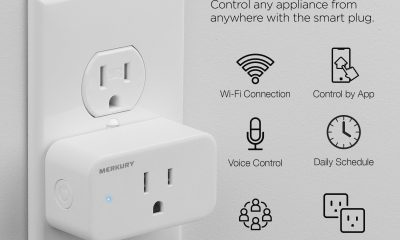Guides
The Most Overlooked Structural Issues in Older Homes
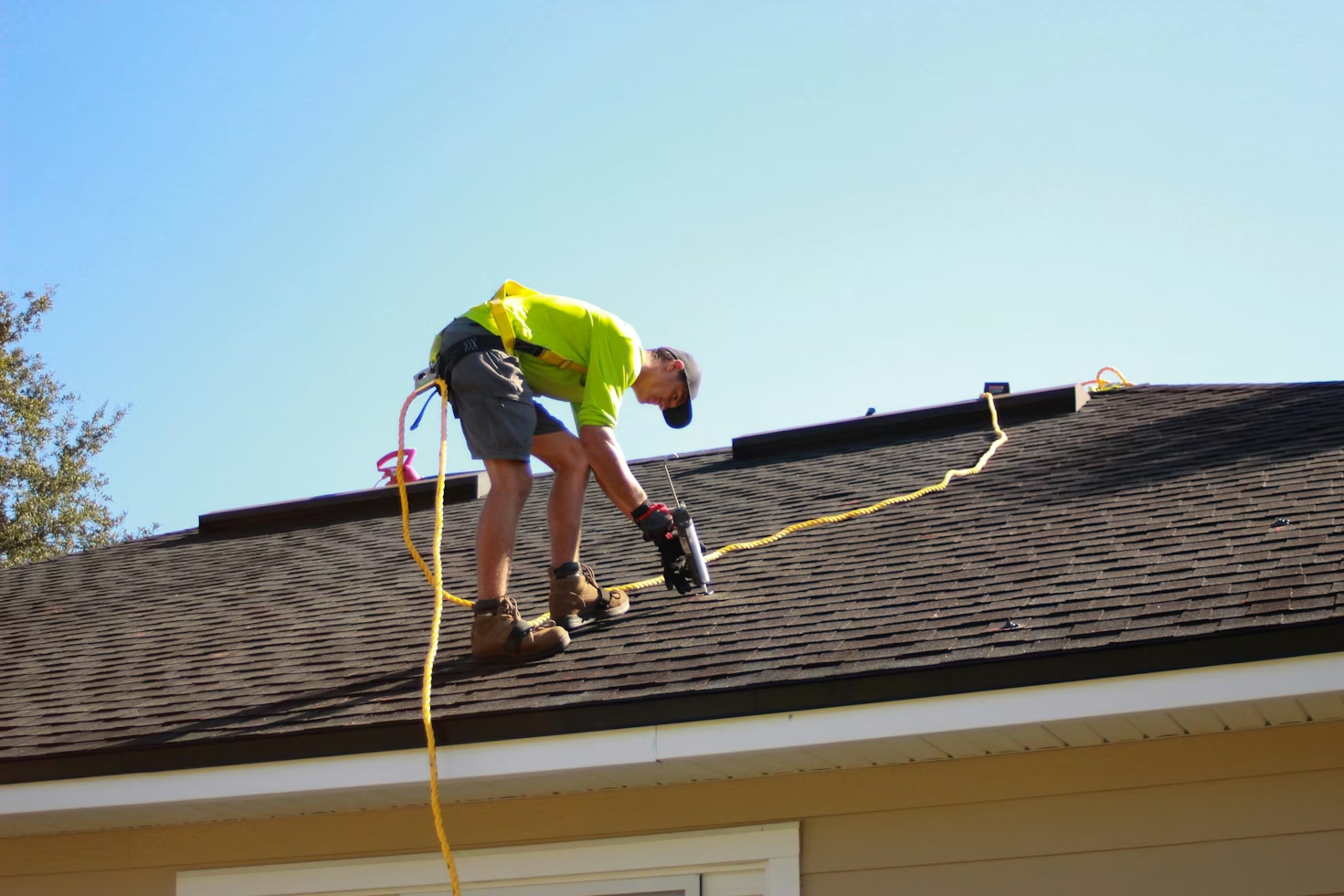
Older homes often carry a charm that newer properties cannot replicate. They offer character, history, and distinctive design. Yet many homeowners overlook the deeper structural concerns that often linger beneath the surface.
In places such as Boulder, CO, where many neighborhoods feature homes that have stood for generations, it becomes even more important to understand the hidden issues that can compromise the safety and longevity of a property.
Taking time to examine these concerns allows homeowners to preserve what they love about an older home while ensuring it remains secure and comfortable.
Hidden Problems Above the Ceiling
One of the most overlooked issues involves the upper part of the home. The roof of an older house often conceals trouble that is not immediately visible from below. Over time, exposure to changing seasons, moisture, and structural stress can create subtle weaknesses. These can include aging materials, soft spots, and areas where water seeps in without leaving an obvious mark inside the living space.
Because these signs are not always clear, many owners fail to inspect this area as thoroughly as they should. When problems go unnoticed, they can gradually affect the layers beneath. If you notice issues in your roof or it begins to leak, get in touch with local Boulder roofers, especially since the area often experiences weather that places extra strain on older roofing materials.
It is always better to have a qualified professional examine the roof to ensure that any developing issues are identified early.
Concerns Hidden Within the Foundation
The foundation sets the tone for the entire structure. When a home has stood for many years, the ground beneath it can shift or settle in unexpected ways. Cracks can form along the base, and moisture can find its way into areas that were once dry.
Many of these early signs escape notice because they are subtle and rarely disrupt daily life. Yet even minor movement can lead to misaligned doors, uneven floors, and stress along load-bearing points.
Homeowners sometimes dismiss these clues as typical aging, but they often indicate the beginning of more serious concerns. A careful evaluation of the base of the home can prevent future complications.
Aging Support Beams and Hidden Framing Issues
Inside the walls of an older home are beams and framing that hold everything together. These elements can weaken with time, especially if they have been exposed to moisture or if previous repairs were done without careful attention.
Wooden beams may soften or become vulnerable to decay. Metal elements may corrode. Because these materials are not visible without opening walls or checking concealed spaces, their deterioration often continues unnoticed.
When these components lose strength, the structure can experience shifts that put stress on floors, ceilings, and connected areas.
Moisture Where It Does Not Belong
Water is one of the most common causes of structural damage in older homes. It often travels through small openings, collects in quiet corners, and creates issues long before anyone realizes what is happening. Older properties can have outdated drainage systems that direct water too close to the foundation.
Walls may trap moisture behind layers of paint and plaster. Attics and crawl spaces may have inadequate airflow that leads to dampness. Over time, areas that stay wet become vulnerable to decay.
Outdated Electrical and Mechanical Openings
As homes age, earlier mechanical systems may leave behind small openings that no longer serve their original purpose. These openings can weaken surrounding areas if they were never reinforced properly after upgrades or repairs.
Sometimes, previous installations cut into beams or framing to accommodate wiring or piping. When these modifications are not reinforced, they create weak points that affect the overall stability of the structure.
Many homeowners do not realize how past changes can influence the strength of the home today. A review of these areas can prevent long-term complications.
Shifting Staircases and Aging Entry Points
Staircases and entry points often bear more weight and movement than other parts of the home. Older staircases may develop slight shifts that feel harmless at first. Railings may loosen, steps may begin to tilt, and frames around entry doors may start to pull away.
These concerns not only affect safety but also signal deeper settling or weakening within the structure. Homeowners frequently overlook these signs because the changes occur gradually. Careful attention to these areas can reveal early warnings about the health of the home.
Window Frames That Tell a Larger Story
Windows in older homes often show signs of age through sticking, drafts, or small gaps. While these issues may seem minor, they can indicate that the surrounding framing is shifting or deteriorating. As the structure settles, frames can lose alignment.
Moisture can seep in and weaken the materials that support them. Rather than seeing these issues as routine wear, homeowners should view them as possible signs of broader structural concerns.
Ceilings That Mask Subtle Strain
A ceiling might appear smooth and solid, but still hold signs of stress beneath the surface. Slight dips, small cracks, or faint lines can show that the structure above is shifting or bearing weight unevenly.
Many homeowners overlook these early signs because they develop slowly and do not always lead to immediate problems. Yet these subtle indicators reveal strain on the framework above. Proper evaluation ensures that the structure remains safe and reliable.
Floors That Tell More Than They Show
Uneven or bouncy floors often appear in older homes. Many owners assume these quirks add to the charm of an aging property, but they may reveal deeper issues within joists or support beams. Floors may sag due to weakened materials or shifting foundations.
Sometimes, past repairs or additions altered the flow of weight within the home. Ignoring these signals can allow structural problems to worsen. Careful attention to changes in the flooring can help preserve the integrity of the property.
When homeowners understand the most overlooked structural issues in older homes, they are better equipped to care for the places they value. Even small signs provide meaningful insight into the condition of the structure.
-
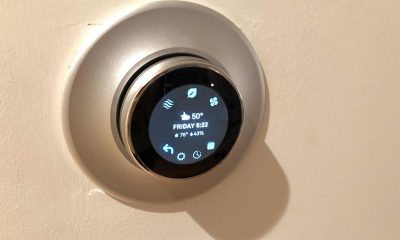
 Gadgets3 years ago
Gadgets3 years agoDoes Nest Thermostats Contain Cameras Or Microphones? Is It Safe For you?
-

 Guides1 year ago
Guides1 year ago10 Best Apps To Control All Your Smart Home Devices.
-

 Gadgets3 years ago
Gadgets3 years agoWhat Is The Purpose Of Red Button On The SimpliSafe Keypad?
-

 Gadgets2 years ago
Gadgets2 years agoComplete Guide About Equalizer settings for Samsung-Soundbar
-

 Accessories2 years ago
Accessories2 years agoBlink Camera’s Temperature Sensor Settings, and More
-
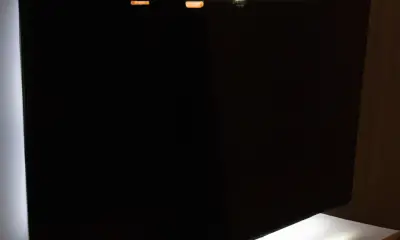
 Solutions3 years ago
Solutions3 years agoWhy is My Samsung TV Picture So Dark? Exploring the Possible Causes
-

 Gadgets3 years ago
Gadgets3 years agoFitbit Symbols Meaning: What Do The Fitbit Icons Mean?
-

 Accessories2 years ago
Accessories2 years agoCan Siri Control Samsung Televisions And Are Samsung TVs Homekit Compliant?


